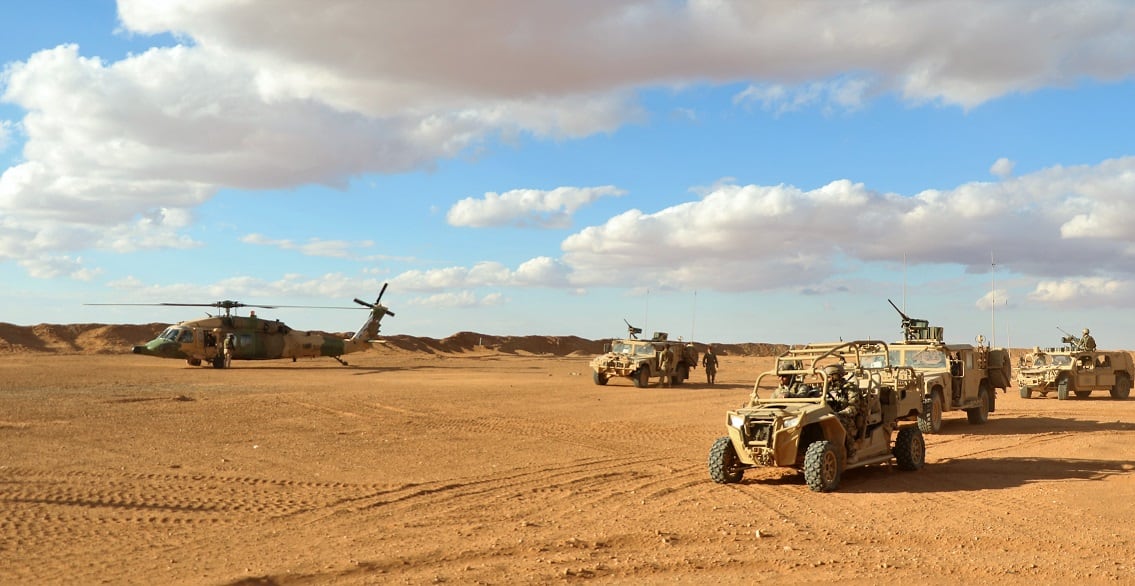While the majority of the attacks targeting U.S. troops in Iraq, Syria and Jordan from October into February didn’t result in casualties, some of those were just lucky near-misses, the head of U.S. Central Command said Thursday.
“Several” of the 173 attacks by Iran-backed militias would have injured or killed troops, if not for fortunate snags, CENTCOM’s commander, Army Gen. Erik Kurilla, told the Senate Armed Services Committee.
Kurilla’s comments Thursday reinforced the harrowing nature of some of these attacks to a degree not previously disclosed.
“Incidents where [an air drone] is coming into a base, hit another object, got caught up in a netting, or other incidents where, had they hit the appropriate target that they were targeting, it would have injured or killed service members,” he said.
Between Oct. 17 and Feb. 5, the majority of the attacks did not result in any injuries, as the militias only successfully struck U.S. troops a handful of times.
Still, three U.S. troops were killed on Jan. 28 in a drone attack on a U.S. base in Jordan known as Tower 22 and nearly 200 more have been injured.
Pentagon press officials have said repeatedly over recent months that most of the militia mortars, missiles and drones missed their intended targets, but they have not mentioned any close calls.
“So I think it’s important that while we did see a spate of attacks against our forces, they were largely not successful with minor damage to infrastructure,” Sabrina Singh told reporters in December.
January’s fatal attack on Tower 22 ramped up the Pentagon’s response.
“The impact of those [attacks] on our bases have not been significant until what happened at Tower 22,” Singh said last month.
RELATED

Asked whether any military measures could have prevented those attacks, Kurilla pointed to eight U.S. strikes in Syria and Iraq designed to target militia leadership and destroy stored weapons.
What would really help, he added, would be for Congress to pass a $118 billion national security appropriation introduced last year, specifically to field more equipment to detect and shoot down air drones.
“I have $531 million in counter-[drone] technology that I need to get forward into the theater, that will save lives,” he said.
Meghann Myers is the Pentagon bureau chief at Military Times. She covers operations, policy, personnel, leadership and other issues affecting service members.




